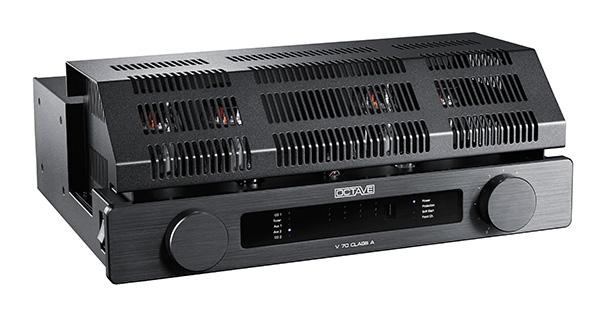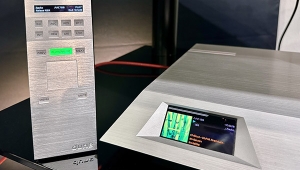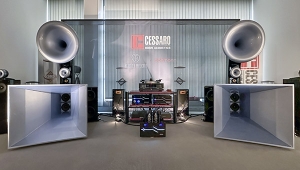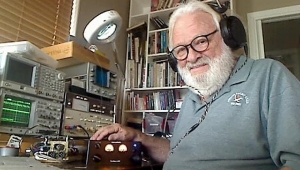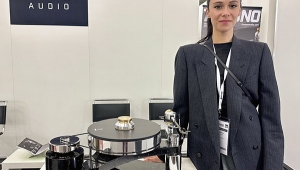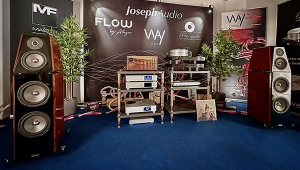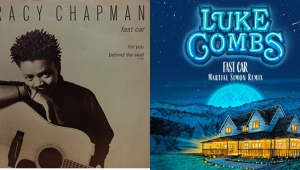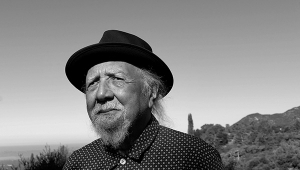| Columns Retired Columns & Blogs |
"The amplifier's output impedance with the KT120s, including 6' of spaced-pair speaker cable, was a high 1.86 ohms in the bass and midrange, rising to 2.14 ohms at 20kHz."
For $16k with all options! Damping factor and the distortion figures are out the window with this one, no wonder it acts like a "tone control" instead of being linear into most of todays hi-end speaker loadings, think it's back to the 1930-40's and 16ohm twin-cone speaker drivers for this one if you can find them in the attic in grand pops old house. One word to those over 60 "nostalgic"
Cheers George
